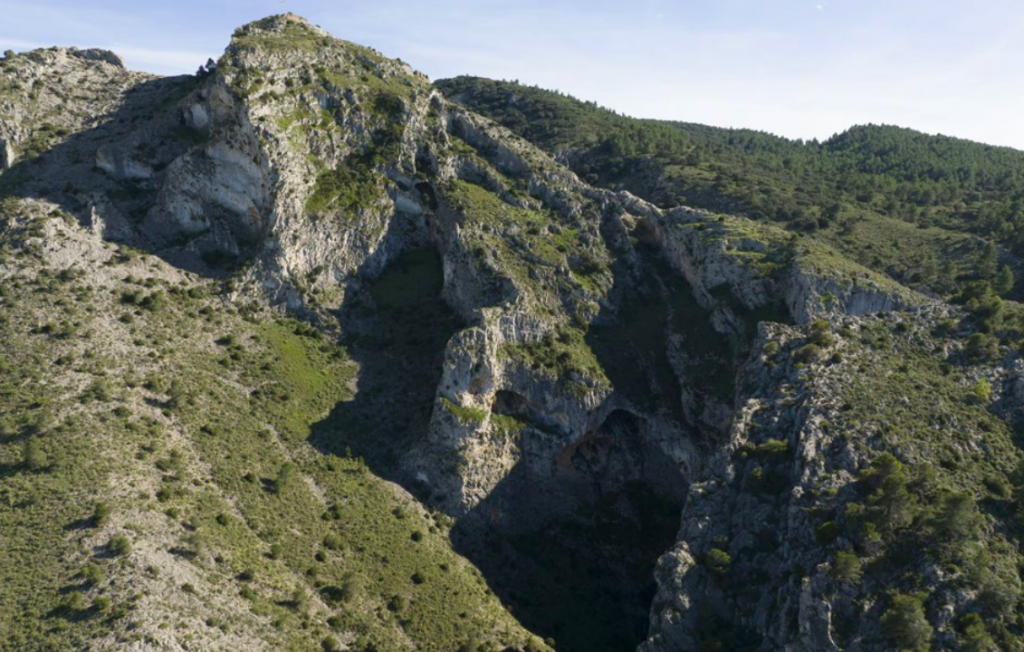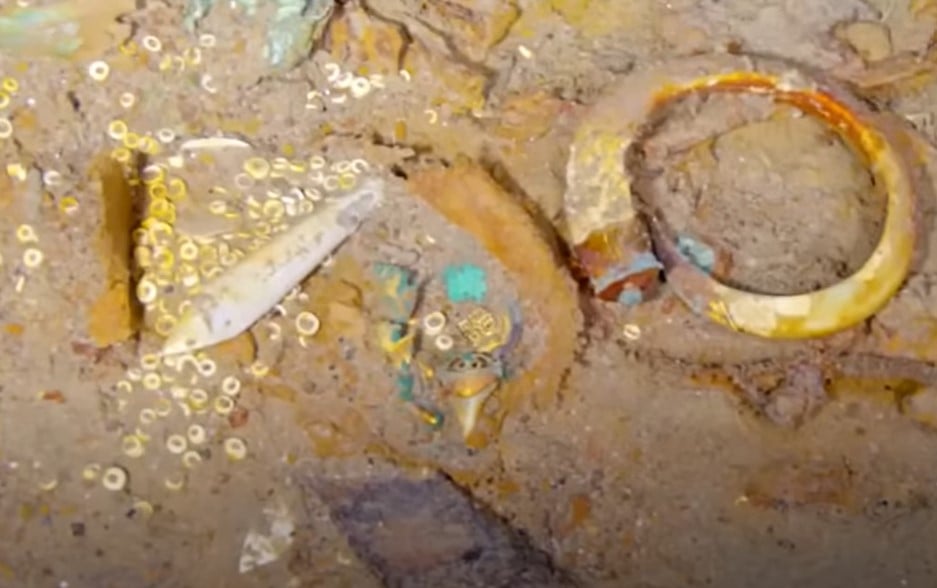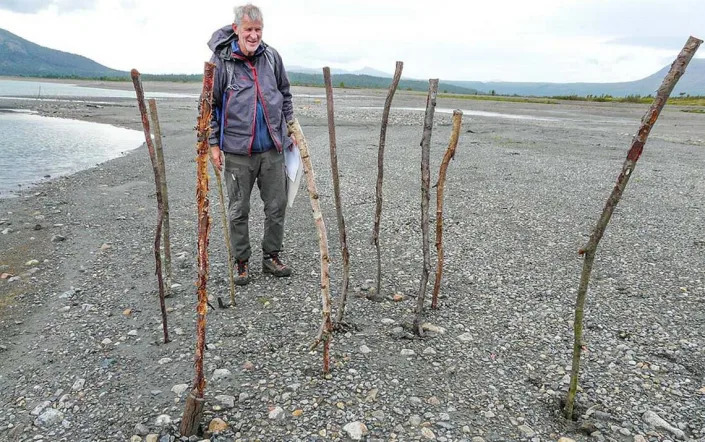Prehistoric cave paintings went undetected for thousands of years. Then drones flew by

Aerial view of the mountains of Penaguila where the archeologists at University of Alicante used drones to look for rock art. Image: courtesy University of Alicante.
Brendan Rascius
May 22, 2023·1 min read
Several ancient cave paintings were recently discovered along the coast of Spain by researchers using a pioneering new technique.
By flying drones into otherwise inaccessible mountain terrain, researchers were able to spot the paintings, which likely went undetected for thousands of years, according to a study published in the journal Lvcentvm.
In total, 18 caves in Alicante, a province along the Mediterranean Sea, were explored via drones equipped with cameras, according to the study.
The region is believed to have been one of the main areas on the Iberian Peninsula once inhabited by Neolithic people, and it is filled with unexplored rock formations that might harbor well-preserved art.
Of the caves searched, two were found to contain prehistoric artwork, researchers said. Raw images were analyzed in Adobe Photoshop, where the motifs could be seen more clearly after being enlarged.

Painted human figures about four inches in size photographed on a cave wall

Paintings of humans and animals that are about four inches in size discovered on cave walls
In photos taken in the first cave, a shallow cavity near a quarry, blurry figures can be seen dotting the rock walls. Measuring about 4 inches in size, the figures are believed to depict humans and animals.
The paintings portray what appear to be female archers and deer and goats, some of which are wounded by arrows, according to 20 Minutos, a Spanish newspaper. The artwork is believed to be around 7,000 years old.
In the second cave, situated in a steep ravine and hidden by thick vegetation, another series of paintings were found, though they were in poor condition due to the presence of mushrooms.
The newfound paintings are some of the first to be discovered using unmanned aerial devices, researchers said.
In the future, drones could prove highly effective at quickly and safely carrying out similar field work in remote areas.
Google Translate was used to translate the study published in the journal Lvcentvm and the 20 Minutos article.
























